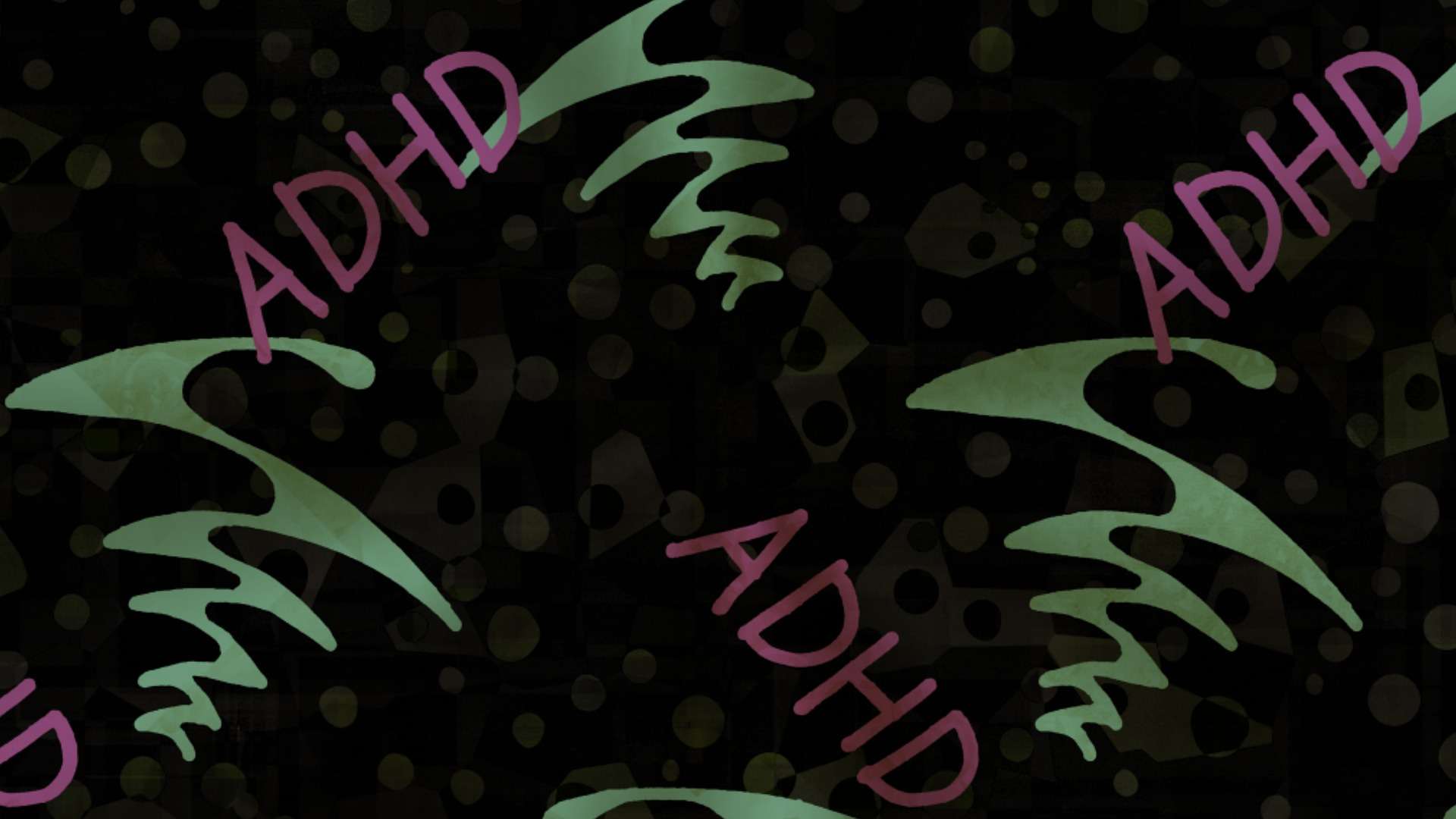In our fast-paced world, intelligence is not just an innate trait but a skill that can be honed and improved upon. With a dedication to self-improvement and a commitment to adopting certain habits, anyone can enhance their cognitive abilities and become smarter. This article explores 10 habits that are not only beneficial for your brain health but can also lead to an increase in intelligence over time. From the timeless practice of reading to engaging in intellectual conversations, these habits are designed to challenge your mind and expand your understanding of the world around you.
Key Takeaways
- Reading regularly can significantly enhance brain connectivity and comprehension skills, making it a cornerstone habit for boosting intelligence.
- Fostering curiosity and creativity by constantly asking questions and seeking new experiences can lead to a more nuanced understanding of complex subjects.
- Mastering productivity techniques allows for more efficient learning and time management, which is essential for intellectual growth.
- Adopting a growth mindset encourages resilience and the pursuit of knowledge, even in the face of challenges, which is crucial for intellectual development.
- Reducing dependence on technology and engaging in independent thought can improve problem-solving skills and cognitive function.
1. Reading

Immersing yourself in the world of books is a gateway to becoming smarter. The more you read, the more you expand your mental horizons. Reading is not just a leisure activity; it’s a complex brain exercise that enhances your knowledge, intelligence, and empathy. Highly intelligent people often have a diverse reading list, ranging from fiction to non-fiction, classics to contemporary works, each book offering a new opportunity to learn.
To cultivate a habit of reading, start by integrating it into your daily routine. Whether it’s novels, newspapers, or scientific journals, choose materials that challenge your understanding and introduce you to new ideas. Bill Gates, for example, reads about 50 books a year, showcasing his dedication to lifelong learning.
Embrace the habit of reading as a cornerstone of intellectual growth. It’s not just about absorbing information; it’s about improving brain connectivity and seeing the world through various lenses.
By reading regularly, you not only gain knowledge but also develop a sensitivity towards others and their perspectives. Make reading an essential part of your daily life and watch as your intelligence and understanding deepen.
2. Curiosity and Creativity

Curiosity is not just a trait of the inquisitive; it’s the engine of intellectual growth. The Psychology and Neuroscience of Curiosity suggests that this innate desire to know is a driving force in learning and development. By actively questioning the world around us, we keep our brains engaged and promote continuous learning.
Creativity, on the other hand, is the ability to generate original ideas and solutions. It’s a direct outcome of staying curious. When we explore and ask questions, we gather knowledge that fuels our creative processes. This is evident in the way technological advancements have been driven by a blend of curiosity and intelligence.
Embrace your inner creator. The capacity to create is not limited to artists or inventors; it’s a fundamental aspect of human intelligence. By nurturing curiosity and creativity, you unlock a world of possibilities and set the stage for intellectual achievements.
Here are some ways to cultivate these habits:
- Engage in diverse reading to spark curiosity.
- Challenge yourself with puzzles and problem-solving activities.
- Ask questions, even those that seem simple.
- Explore new hobbies that require creative thinking.
- Reflect on your experiences and learn from them.
3. Productivity Mastery
Mastering productivity is not about doing more, but about doing what matters most. Successful individuals prioritize high-impact tasks, ensuring that their efforts are concentrated where they will be most effective. This strategic approach to task management is a key component of working smarter, not harder.
- Identify your high-impact tasks
- Allocate time and resources efficiently
- Embrace mindfulness to stay present and focused
It’s essential to design a personalized productivity system that aligns with your values and needs. By structuring your days and prioritizing effectively, you can maintain productivity amidst life’s chaos.
Remember, success is not measured by the quantity of tasks completed, but by the quality and significance of those tasks. Cultivate self-awareness to understand your strengths and weaknesses, and use this knowledge to navigate your work more effectively.
4. Growth Mindset

Adopting a growth mindset is a transformative habit that can significantly enhance your cognitive abilities. Individuals with a growth mindset perceive challenges not as insurmountable obstacles but as opportunities to expand their knowledge and skills. They understand that intelligence is not a fixed trait but one that can be developed through dedication and hard work.
Embrace the process of learning and view each setback as a chance to improve and gain new insights. This approach not only fosters personal development but also encourages resilience and adaptability in the face of adversity.
By focusing on growth and learning, you can cultivate a mindset that thrives on progress and self-improvement. Here are some practical ways to foster a growth mindset:
- Acknowledge and embrace imperfections.
- View challenges as opportunities.
- Replace the word “failing” with the word “learning.”
- Stop seeking approval from others.
- Set realistic yet challenging goals.
Remember, a growth mindset is about enjoying the journey of learning, not just the destination. It’s about recognizing that every experience, especially the difficult ones, contributes to your intellectual growth.
5. Independence from Technology

In an age where technology is deeply integrated into our daily lives, independence from technology is a crucial habit for enhancing intelligence. It’s tempting to rely on devices for everything, from navigation to calculation, but this can lead to a form of cognitive complacency. Instead, challenge yourself to rely on your own mental faculties.
- Next time you’re tempted to reach for your calculator, try doing the math in your head or with pen and paper.
- When you’re curious about a fact or location, consider exploring a book or map instead of immediately turning to the internet.
Embracing tasks without the aid of technology not only sharpens your problem-solving skills but also fosters a deeper understanding of the task at hand.
While technology can be a powerful tool for efficiency and organization, it’s important to strike a balance. Use it as an aid, not a crutch, to ensure that your intellectual abilities continue to grow and adapt.
6. Alone Time

Embracing solitude can be a powerful tool for personal growth and intellectual development. Solitary time allows for deep thinking and self-reflection, activities that intelligent people often cherish. It provides the space to explore thoughts, ideas, and creativity without interruptions or influences from the external world.
Highly intelligent people enjoy their own company and the benefits that come with it. Making time for yourself to unwind and relax is critical to your overall well-being. Many find that spending time alone, free from the negative energy of others, makes it much easier to live a life of positivity, achievement, and happiness.
Embracing solitude is not about being antisocial or unfriendly; it’s about giving yourself the opportunity to grow and understand your own mind better.
Here are some activities to consider during your alone time:
- Reflect on personal goals
- Meditate to clear your mind
- Engage in a hobby or learn something new
- Write in a journal to organize thoughts
7. Stepping Out of Comfort Zone

Embracing the unfamiliar and the challenging is a hallmark of those who grow smarter. Stepping out of your comfort zone is essential for personal growth and intellectual development. It’s about being open to new experiences, whether it’s learning a new skill, traveling to an unknown place, or simply changing up your daily routine.
By pushing your boundaries, you not only gain new perspectives but also build resilience and adaptability—traits that are invaluable in an ever-changing world.
Here are some ways to step out of your comfort zone:
- Learn something outside of your expertise.
- Attend events where you can meet new people.
- Take on projects that challenge you.
- Travel to places you’ve never been.
Each of these actions can lead to a richer, more diverse set of experiences, enhancing your cognitive abilities and providing a broader understanding of the world around you.
8. Lifelong Learning
Embracing lifelong learning is essential for personal and professional development. It’s not just about formal education; it’s a continuous journey of acquiring knowledge and skills throughout your life. Neuroplasticity, the brain’s ability to reorganize itself by forming new neural connections, remains active as we age, allowing us to keep learning and adapting.
- Choose subjects that introduce new ideas and perspectives.
- Dedicate time to reading, as it’s a powerful tool for learning.
- Engage in activities that challenge your mind and expand your horizons.
Lifelong learning contributes to personal growth and fulfillment by expanding knowledge and skills, fostering self-discovery and self-awareness.
Successful individuals understand the importance of staying relevant and progressive. By continuously learning, they stay ahead of the curve, better equipped to handle new challenges and opportunities that come their way.
9. Critical Thinking

Critical thinking is the disciplined art of ensuring that you use the best thinking you are capable of in any set of circumstances. It involves analyzing and evaluating information from various sources and perspectives, leading to more effective problem solving and decision-making. To enhance your critical thinking skills, consider the following steps:
- Identify the problem or question at hand.
- Gather relevant information and evidence.
- Analyze and interpret the data collected.
- Formulate a logical and coherent argument.
- Evaluate the argument’s strengths and weaknesses.
- Communicate your conclusion effectively.
Embracing challenges and engaging in activities that stimulate your brain, such as chess or strategic games, can significantly improve your critical thinking abilities. It’s not just about working harder, but also about working smarter by incorporating intellectual exercises into your daily routine.
Taking online courses or simply asking questions can also contribute to your growth in this area. Remember, critical thinking is not about accumulating knowledge; it’s about being able to effectively use and apply that knowledge in real-world scenarios.
10. Intellectual Conversations

Engaging in intellectual conversations is a dynamic way to enhance your cognitive abilities. Surrounding yourself with smart individuals can elevate your thinking and provide a platform for exchanging innovative ideas. These discussions often involve complex topics broken down into understandable concepts, allowing for a deeper comprehension and retention of knowledge.
- Seek out people who challenge your perspectives.
- Join groups or clubs that focus on your areas of interest.
- Don’t shy away from debates; they can sharpen your reasoning skills.
Intellectual conversations stimulate the mind in ways that solitary learning cannot. They foster an environment where knowledge is not just consumed but also critiqued and expanded upon. By actively participating in such dialogues, you’re not only gaining information but also practicing the art of communication and argumentation.
Conclusion
As we’ve explored throughout this article, intelligence isn’t solely a product of innate ability; it’s also a result of cultivating certain habits that enhance our cognitive capabilities. From the power of reading to the benefits of embracing curiosity and creativity, the habits we’ve discussed are actionable steps anyone can take to sharpen their mind. Remember, intelligence is not static, and with consistent effort and a growth mindset, you can continue to become smarter every day. So, challenge yourself to integrate these habits into your daily routine and watch as your intellectual horizons expand.
Frequently Asked Questions
How does reading make you smarter?
Reading enhances brain connectivity, improves vocabulary, increases knowledge, and promotes empathy by allowing you to see the world from different perspectives. It forces you to think critically and make connections, which can lead to a deeper understanding of various subjects.
Can curiosity and creativity really boost intelligence?
Yes, curiosity drives you to learn more and seek new experiences, which can expand your understanding of the world. Creativity allows you to solve problems in innovative ways and think outside the box, both of which are hallmarks of intelligent thought.
What is productivity mastery and how does it relate to intelligence?
Productivity mastery involves effectively managing your time and resources to achieve goals efficiently. By mastering productivity, you can allocate more time for learning and self-improvement, thereby increasing your intelligence over time.
How does having a growth mindset contribute to becoming smarter?
A growth mindset is the belief that intelligence can be developed through hard work, good strategies, and input from others. This mindset encourages lifelong learning and resilience, which are critical for intellectual growth.
Why is independence from technology important for intelligence?
Relying too much on technology can hinder cognitive abilities like memory and problem-solving. Independence from technology encourages you to think for yourself, fostering critical thinking and creativity.
What role does alone time play in becoming more intelligent?
Alone time allows for reflection, self-analysis, and uninterrupted focus on personal interests and studies. It provides an opportunity to process information and develop new ideas without distractions.





